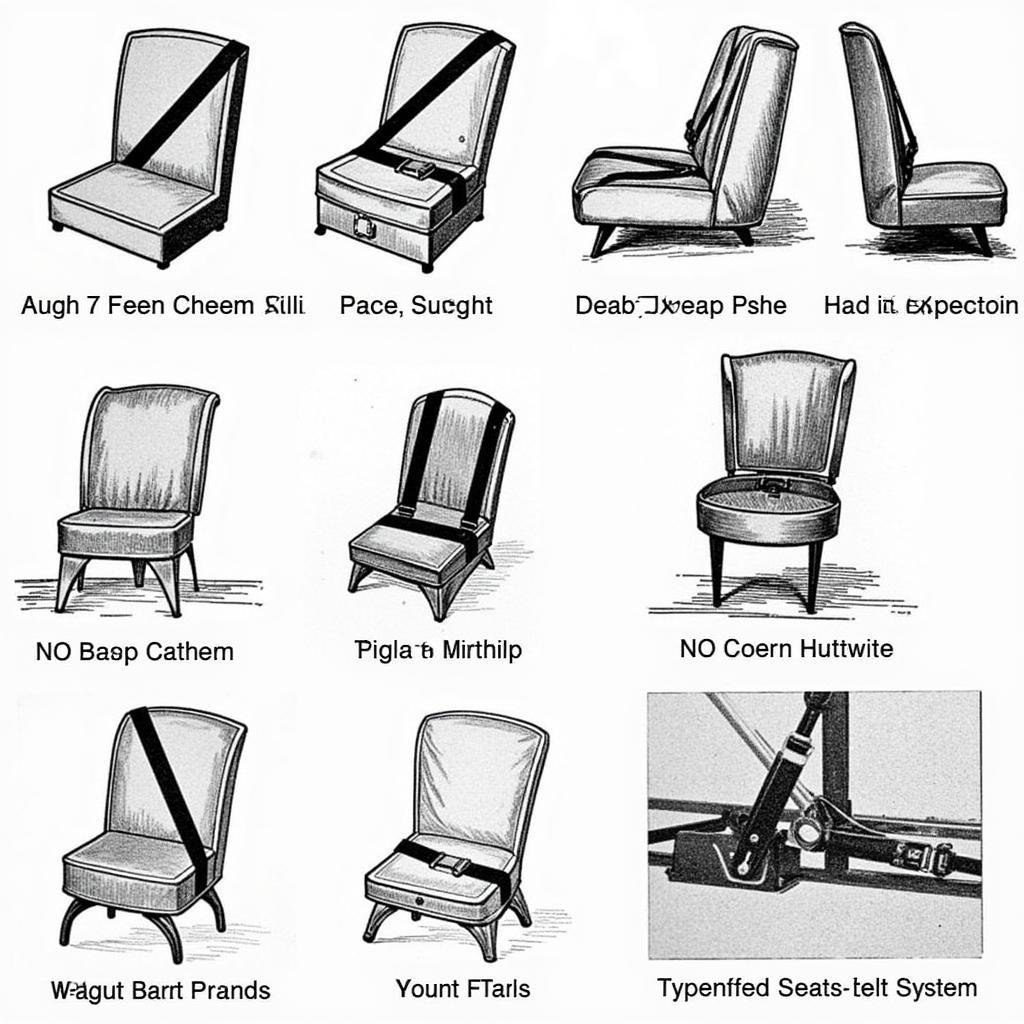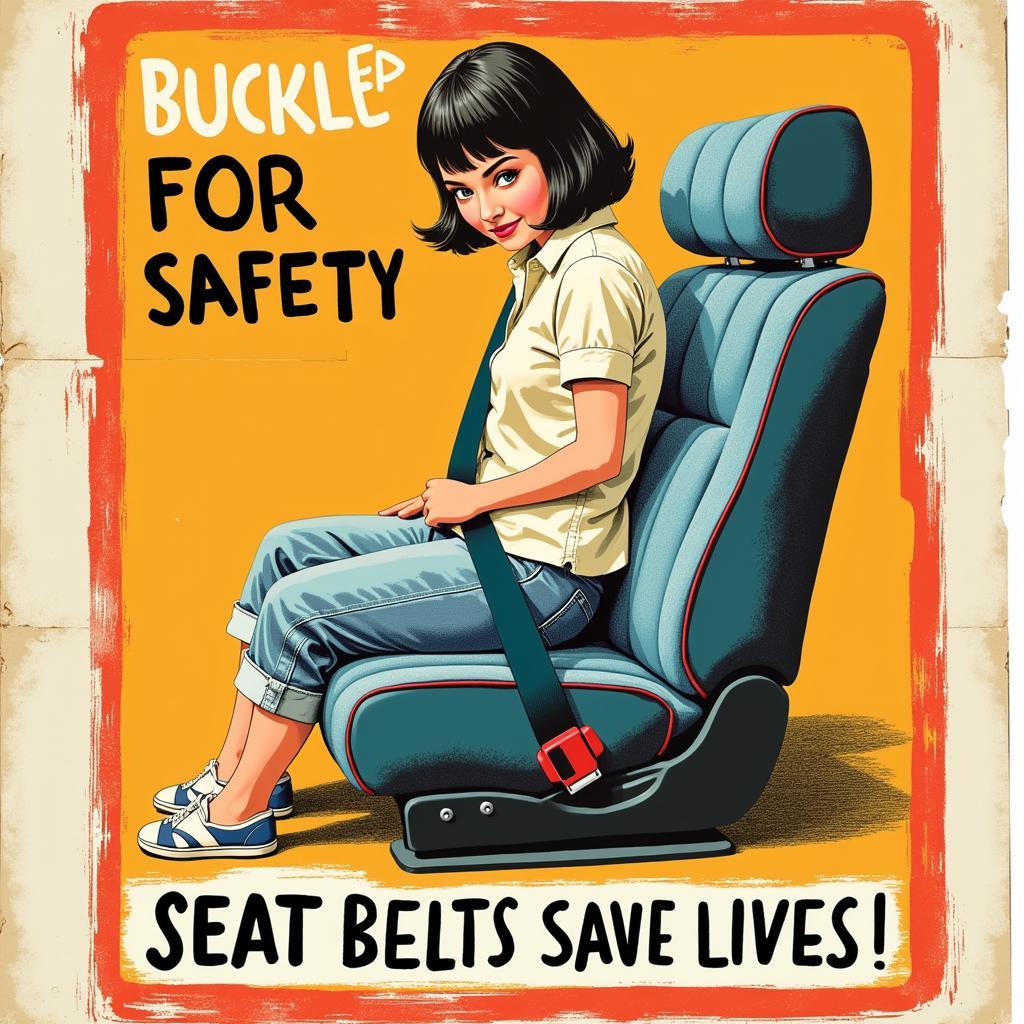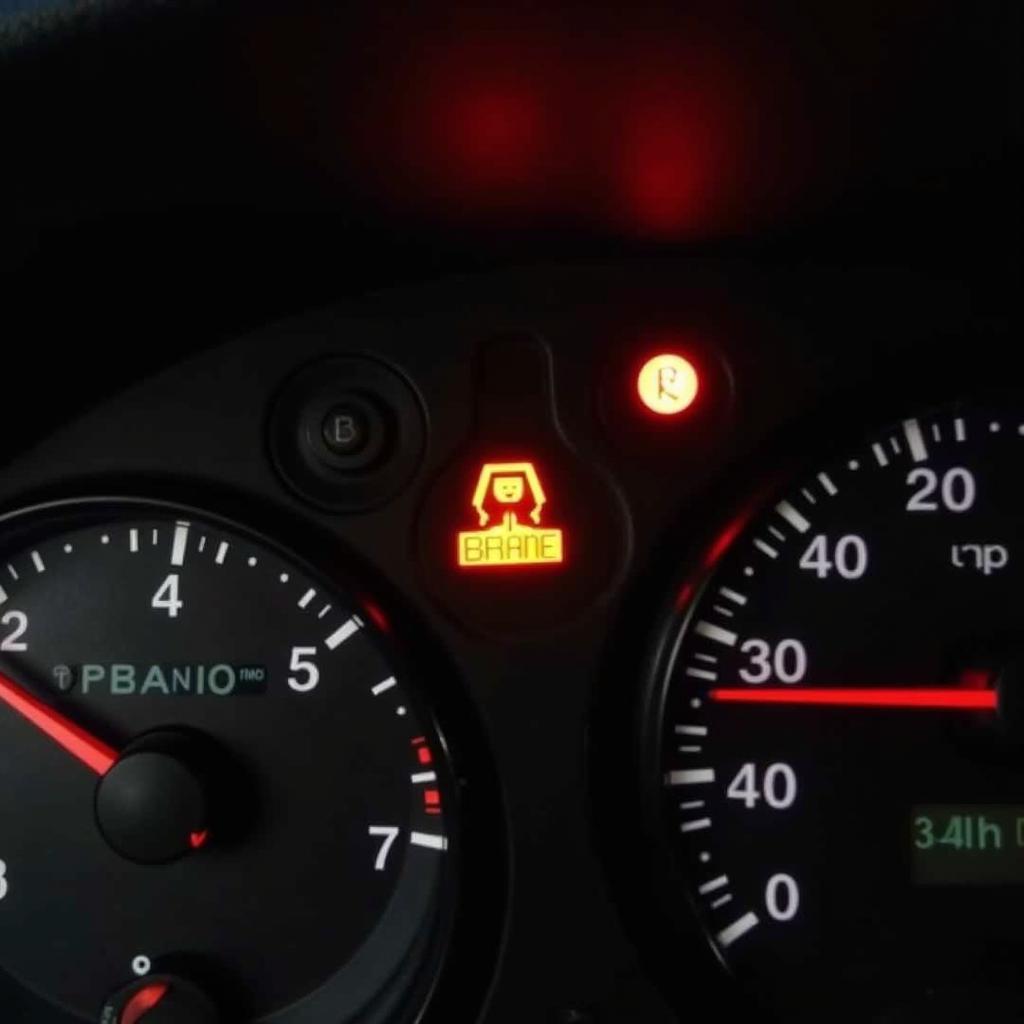The gentle chime urging you to buckle up has become a ubiquitous sound in modern vehicles. But have you ever stopped to wonder, “When did cars start having seat belt warning chimes?” This seemingly simple question leads us down a fascinating path through automotive history, safety regulations, and technological advancements.
While the concept of the seat belt itself dates back to the late 19th century, its widespread adoption and the accompanying chime are relatively recent developments. To fully understand the timeline, let’s delve into the evolution of this crucial safety feature.
The Early Days of Seat Belts and Safety
Believe it or not, early versions of the seat belt were present in cars as far back as the 1880s. However, these rudimentary restraints were primarily intended for horse-drawn carriages. It wasn’t until the 1930s that physicians began advocating for seat belts in automobiles.
 Early Seat Belt Designs
Early Seat Belt Designs
Nash, a US automaker, offered optional lap belts in their 1950 models. This marked the first time seat belts were available, albeit as an extra, in mass-produced vehicles. However, public acceptance remained low. Many people found seat belts uncomfortable, inconvenient, or simply unnecessary.
The Turning Point: Legislation and Public Awareness
The 1960s witnessed a significant shift in attitudes towards automotive safety. Shocking statistics on traffic fatalities spurred governments and safety advocates to push for stricter regulations and increased public awareness campaigns.
In 1966, the United States Congress passed the National Traffic and Motor Vehicle Safety Act, mandating the inclusion of seat belts in all new passenger cars. This landmark legislation played a pivotal role in making seat belts standard equipment.
 Vintage Seat Belt Awareness Campaign Poster
Vintage Seat Belt Awareness Campaign Poster
The Arrival of the Seat Belt Warning Chime
The first seat belt warning systems emerged in the early 1970s. These initial versions were basic, often consisting of a simple buzzer sound that activated if the driver’s seat belt wasn’t fastened. The chime’s purpose was clear: to serve as a constant reminder for drivers to buckle up.
Over time, the technology behind these warning systems evolved significantly. Buzzers were replaced with more pleasant chimes, and sensors were added to detect passenger seat belt usage. Furthermore, automakers began incorporating increasingly sophisticated systems capable of distinguishing between an adult and a child seat, adjusting the chime accordingly.
Modern Seat Belt Warning Systems: Beyond the Chime
Today, seat belt warning systems are far more advanced. Many vehicles now feature:
- Visual warnings: In addition to chimes, modern cars often display visual cues on the dashboard or heads-up display, such as flashing icons or warning messages.
- Escalating chimes: Some systems employ escalating chimes, starting with a gentle reminder and becoming progressively louder or more frequent if the seat belt remains unfastened.
- Voice alerts: High-end vehicles might incorporate voice alerts, reminding passengers to buckle up.
- Integration with other safety features: Advanced systems may even be integrated with other safety features, such as airbags and lane departure warnings, to optimize protection in the event of an accident.
The Future of Seat Belt Technology
As technology continues to advance, we can expect even more sophisticated seat belt warning systems. Some potential developments include:
- Personalized reminders: Future systems might use biometric sensors to recognize individual drivers and passengers, offering personalized reminders and adjusting chime settings based on their preferences.
- Haptic feedback: Seat belts themselves might incorporate haptic feedback, gently vibrating or pulsating to remind occupants to buckle up.
- Integration with autonomous driving: In the era of autonomous vehicles, seat belt systems could play a crucial role in ensuring passenger safety, potentially even preventing the car from operating if seat belts are not properly fastened.
Conclusion
The seat belt warning chime, a seemingly small detail in our modern driving experience, represents a significant milestone in automotive safety. From rudimentary buzzers to sophisticated integrated systems, these chimes serve as a constant reminder of the importance of buckling up. As technology continues to evolve, we can anticipate even more advanced features aimed at keeping us safe on the road.

